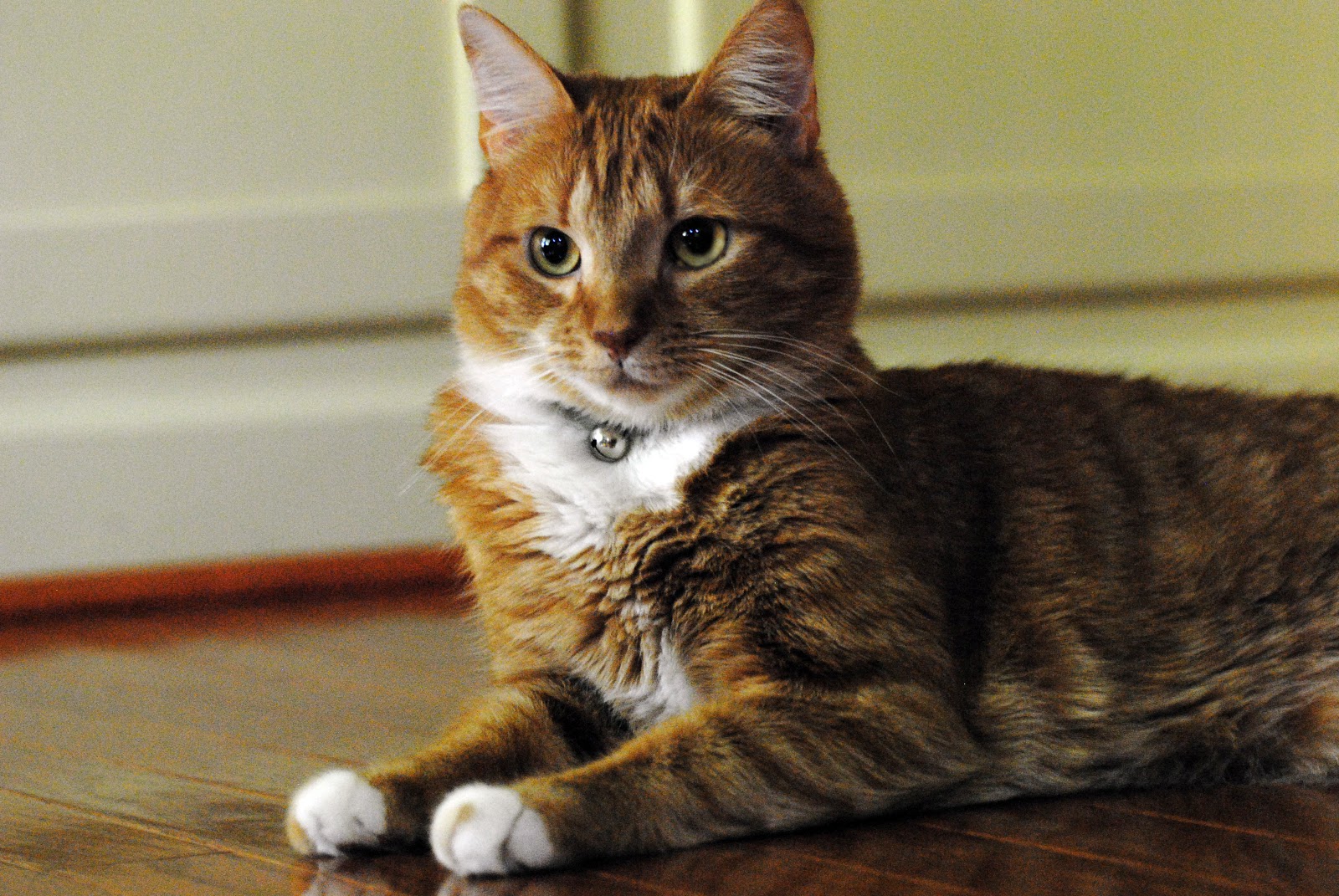The Evolution of Cat Litter: From Sand to Silicon
The Evolution of Cat Litter: From Sand to Silicon
Blog Article

Cat litter and litter boxes play an essential role in the lives of both cats and their owners. From the simple starts of sand and soil to the ingenious advancements of today, the world of cat litter has progressed substantially. In this comprehensive guide, we look into every aspect of cat litter and litter boxes, exploring their history, types, benefits, difficulties, and everything in between.
The history of cat litter dates back centuries, with ancient civilizations using sand, soil, and even ashes as primitive litter materials. Nevertheless, it wasn't up until the mid-20th century that modern-day cat litter as we understand it emerged. In 1947, Edward copyright presented the world's very first business cat litter made from absorbent clay, revolutionizing the method felines relieved themselves inside. Since then, cat litter has gone through many improvements, with the intro of clumping litter, silica gel litter, eco-friendly alternatives, and more.
Today, feline owners are ruined for choice when it concerns choosing the right litter for their feline companions. Standard clay litter stays popular for its price and efficiency in taking in odors. Clumping litter, which forms solid clumps when wet, streamlines cleansing and maintenance. Silica gel litter, composed of highly absorbent silica crystals, uses remarkable smell control and longevity. Naturally degradable choices, such as recycled paper, wood pellets, corn, and wheat, appeal to environmentally mindful customers.
Each type of cat litter offers special benefits. Clay litter excels in its ability to soak up wetness and control odors, making it a trustworthy option for many feline owners. Clumping litter streamlines everyday scooping and extends the time between total litter modifications. Silica gel cat litter box furniture litter cat litter box self cleaning provides exceptional smell control and can last longer between replacements. Eco-friendly litters provide a sustainable alternative that lessens environmental impact.
While cat litter boosts indoor feline hygiene, it is not without its obstacles. Dust from clay litter can present respiratory threats for both cats and humans, triggering the popularity of dust-free options. Some felines may establish litter box aversion due to problems with texture, scent, or tidiness, requiring experimentation with various litters and box configurations. Multi-cat households might require tactical litter box placement and regular maintenance to avoid territorial conflicts and make sure all felines have access to tidy facilities.
Selecting the suitable litter box is essential for promoting positive litter box routines and overall feline well-being. Aspects to consider include size, availability, and style preferences. Covered litter boxes supply privacy and help consist of smells, however some cats may discover them confining or daunting. Open-top litter boxes offer easy gain access to and presence but might lead to more litter scatter. Automatic self-cleaning litter boxes improve maintenance however need routine monitoring and upkeep.
Proper litter box upkeep is crucial for guaranteeing a tidy and inviting environment for both felines and their owners. Daily scooping gets rid of waste quickly, decreasing odor and dissuading litter box hostility. Regular litter replacement, usually every 1-2 weeks, avoids bacterial buildup and preserves ideal absorbency. Extensive cleaning with mild cleaning agent and water, preventing harsh chemicals that may prevent felines from using the box, must be performed monthly.
Cat litter Litter Box Mats and litter boxes play a main function in fostering a healthy and harmonious relationship between felines and their human buddies. With a diverse variety of litter alternatives and litter box styles available, feline owners have the versatility to customize their options to match their cats' preferences and home requirements. By comprehending the advancement, types, advantages, and challenges of cat litter and litter boxes, animal owners can offer their feline pals with a comfortable and hygienic indoor environment.